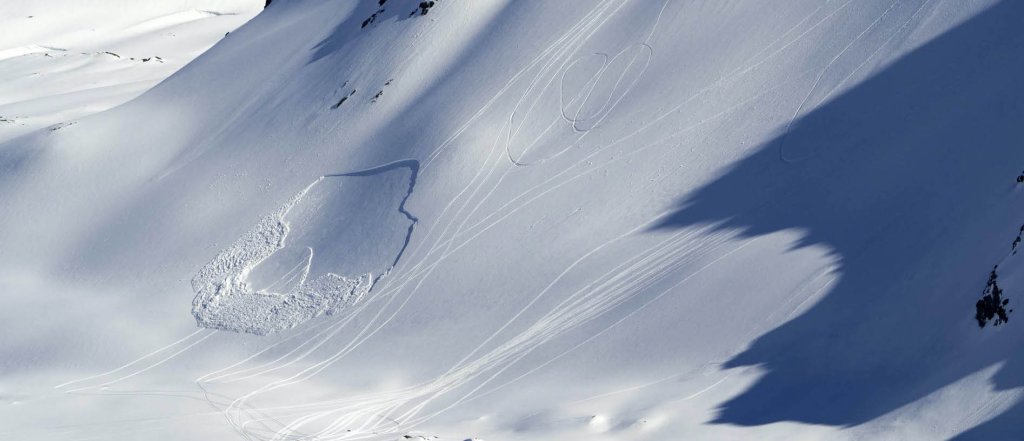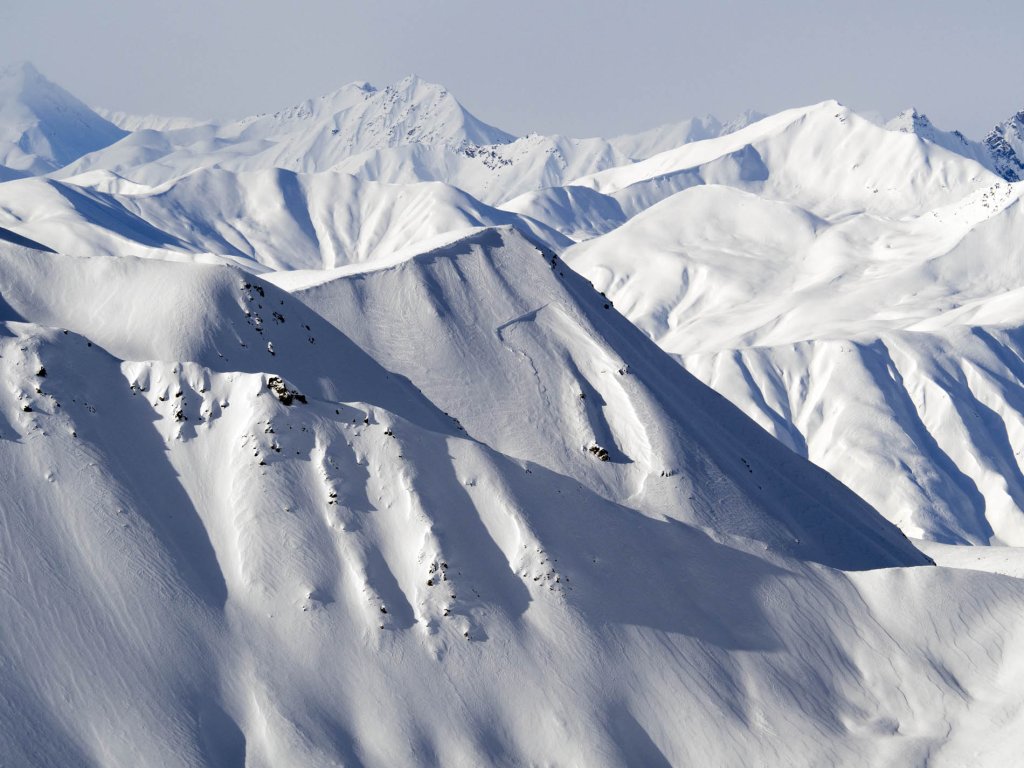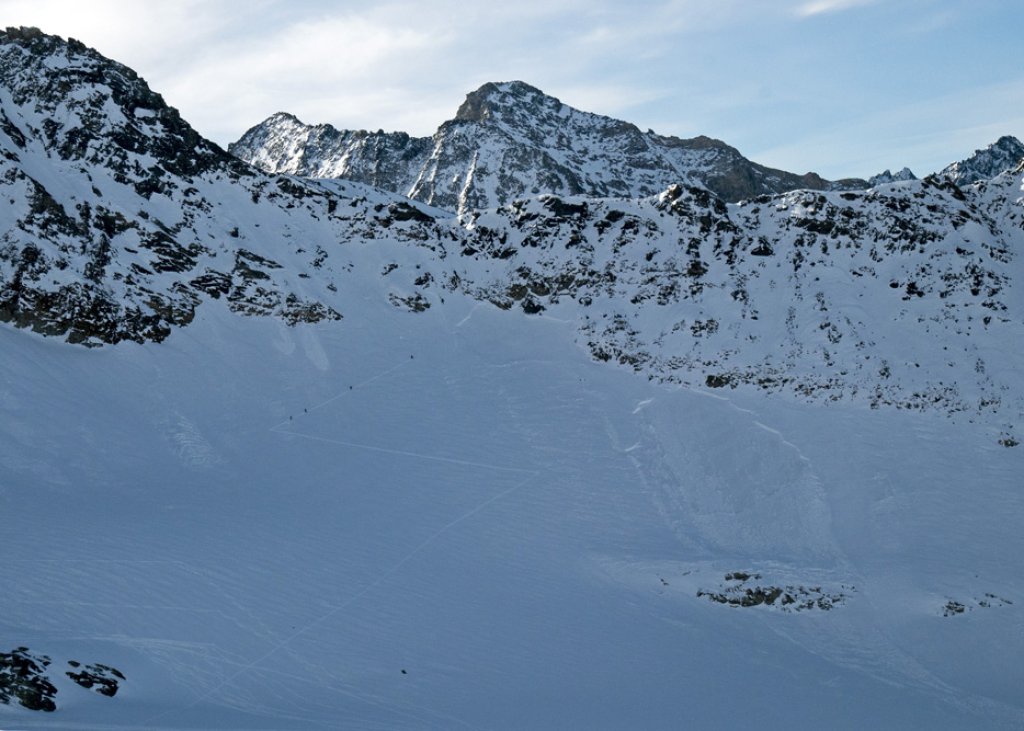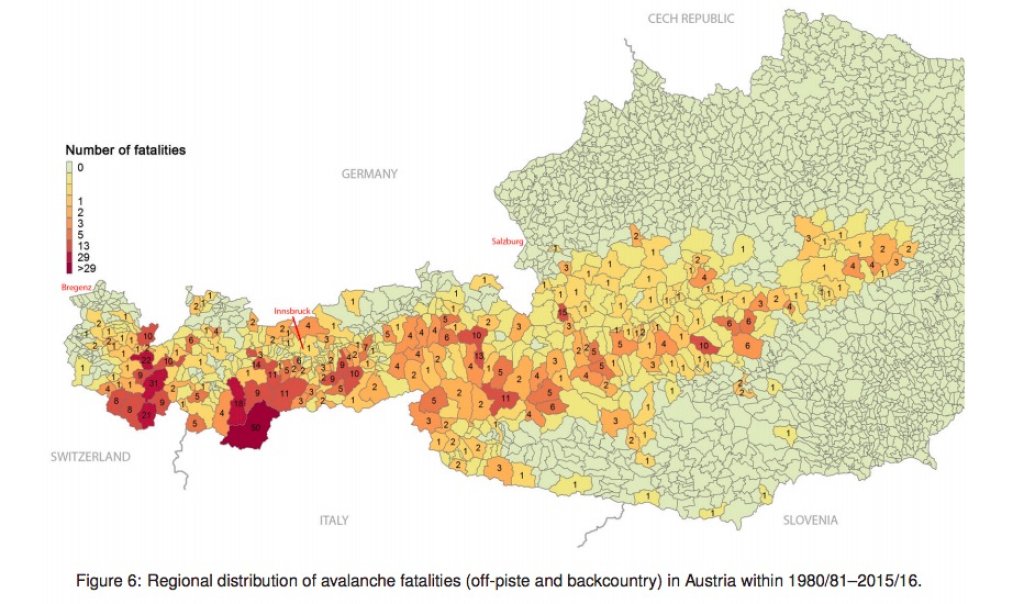The Austrian Board of Trustees for Alpine Safety maintains a database in which key data on alpine accidents is collected. If you look at larger amounts of data over longer periods of time, patterns become visible that remain hidden when analyzing individual incidents. This is why the KURASI database is the basis for many statistical studies: Where do what kind of accidents happen? When and to whom do they happen?
Peter Höller deals with questions such as these in the Natural Hazards Department of the Federal Research Center for Forests (BFW) in Innsbruck. As the KURASI database differentiates between off-piste and touring terrain when recording avalanche accidents, the accidents can be broken down by user group. Of course, the distinction between "off-piste skiers" and "ski tourers" is rather fluid in practice and not always possible in a meaningful way. On the other hand, many of the PowderGuide readers know from personal experience that a line next to the piste is a different experience than a 1800-meter ski tour far away from the ski resort infrastructure. In terms of statistics, off-piste terrain refers to terrain close to the lift that can be reached with no or only short ascents. Touring terrain refers to ski tours in the classic sense, without lift options and at a greater distance from the ski resorts.




